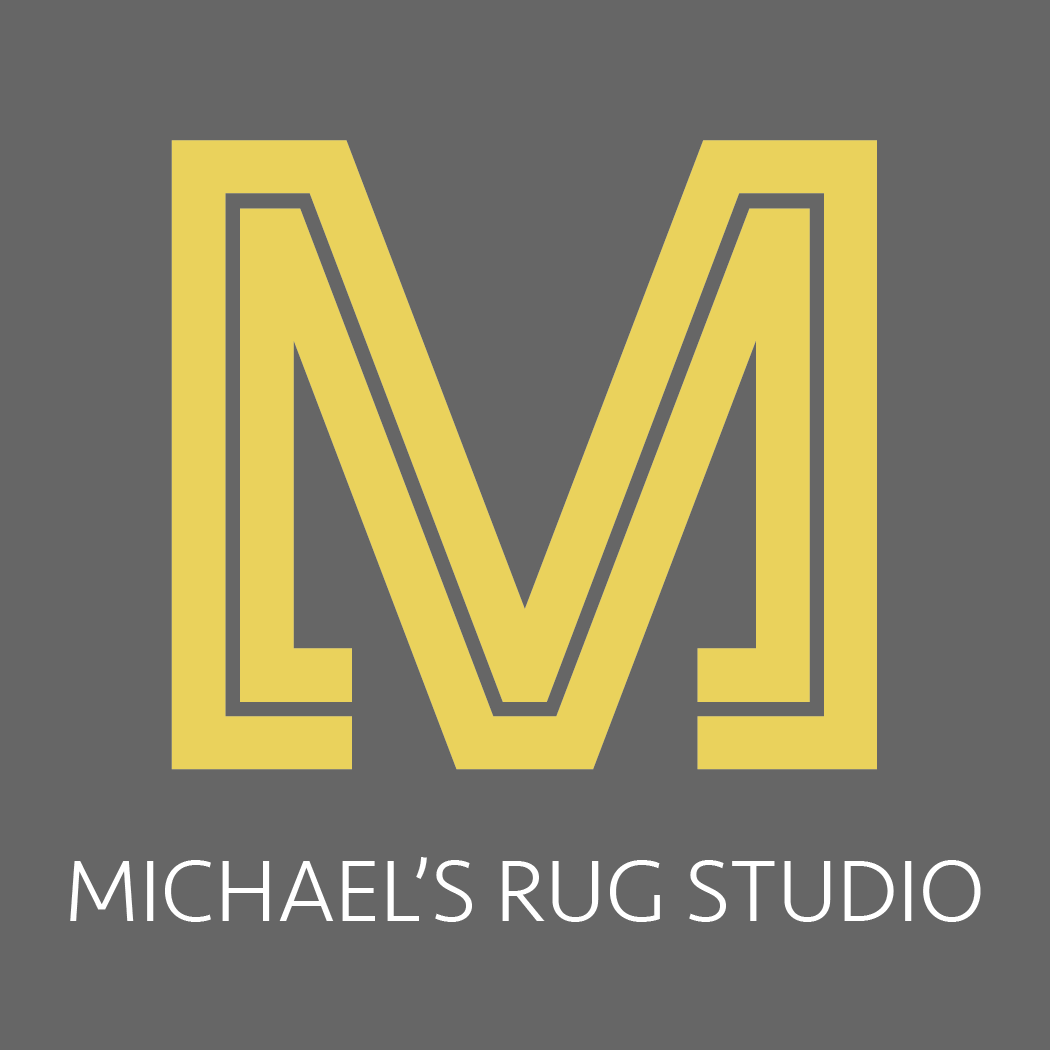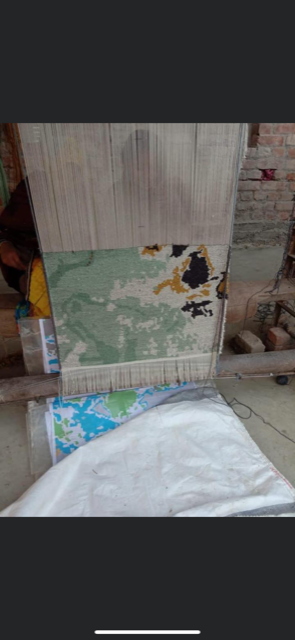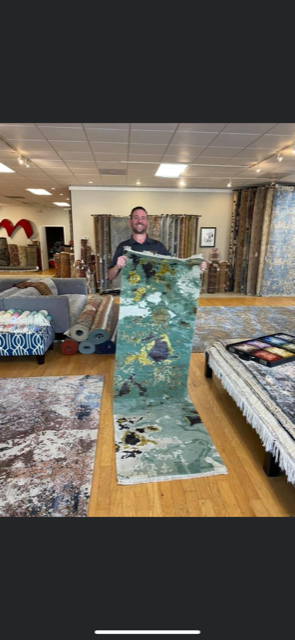Michael’s Rug Studio https://www.michaelsrugstudio.com/
Title: How Does an Artisan Weave a Rug?
Title: Rug Weaving by Experts at Michael’s Rug Studio in Jacksonville
Combine a century’s worth of tradition and knowledge with expert design talent, and what do you get? The best area rug store in Jacksonville, Florida, of course! Whether you’re looking for contemporary rugs for sale in Jacksonville, handmade rugs in Jacksonville, or casual rugs in Jacksonville, our Jacksonville rug gallery won’t disappoint.
But how do we do it? Here’s how we create unique area rugs.
Wool to Yarn
While silk, cotton, and other materials can be used to make rugs, the most popular is wool. The raw wool is separated by machine or hand to break apart the clusters and remove foreign particles that might have gotten stuck in the unfinished wool. The machine separates this into individual strands, and then it is spun into yarn by a machine.
Washing of the Yarn
To remove grease and dirt, the yarn is then washed in detergent and then immersed in clean water to remove the detergent from the yarn. It is wrung out and then placed in the sun to dry.
Dyeing the Yarn
To achieve the specific color needed, the yarn is then dyed. The yarn is placed on a rack and plunged into a dye treatment. The dye can be manmade or naturally-based, dependent upon the type of hue needed. After this process is complete, the dyed yarn is dried in the sun again.
Weaving the Carpet
The three best methods for the perfect rug are tufting, hooking, and knotting.
- Knotting
First, artists draw the intended design on graph paper. A frame is then made by elongating vertical rows of thread (which are called “warps” and are made of cotton) down the loom. The weaver then goes across on each strand, knotting as they go. There are three methods: Tibetan, Persian, and Turkish.
- Hooking
The weaver sits on a scaffolding ledge and is lifted and lowered. The weaver is able to use a specialized tool to “hook” the fabric backward and forward through a cotton base. While the scaffolding might seem complex, this is actually the easiest (and least expensive) way to weave a rug.
- Tufting
Instead of a grid-like pattern with knotting, the pattern used is instead drawn on the backing (usually cotton) using a stencil. The weaver inserts the yarn into the backing using a special tufting tool. Once finished, the backing material is covered in latex to seal it, and a second material is attached for good measure/security. The rug is then shorn to create a smooth, flat surface.
Final Wash
The final step with weaving is to wash it. This process involves pouring clean water on the rug and then running flat wood planks with sharp edges, much like a Squeegee, to force water through the rug.
While these are the basics and seem quite simple, it is a practice for the learned and skilled in the trade. At Michael’s Rug Studio in Jacksonville, we have over a century’s worth of knowledge passed down from father to son. The process, start to finish, can take weeks or months to do, but the end result is worth the effort. Michael’s Rug Studio takes pride in each rug we create. We make certain each one meets our high standards and the customer’s, ensuring satisfaction with the product all-around. If you can dream it, we can weave it!
Talk with the Artisans at Michael’s Rug Studio
Come in and browse our rug studio in Jacksonville or take a look at our professional carpet cleaning options. You can also call our store at 904-504-4665, shop online, or schedule an appointment at our showroom with one of our knowledgeable rug artisans. Purchase area rugs in Jacksonville at Michael’s Rug Studio.



Recent Comments